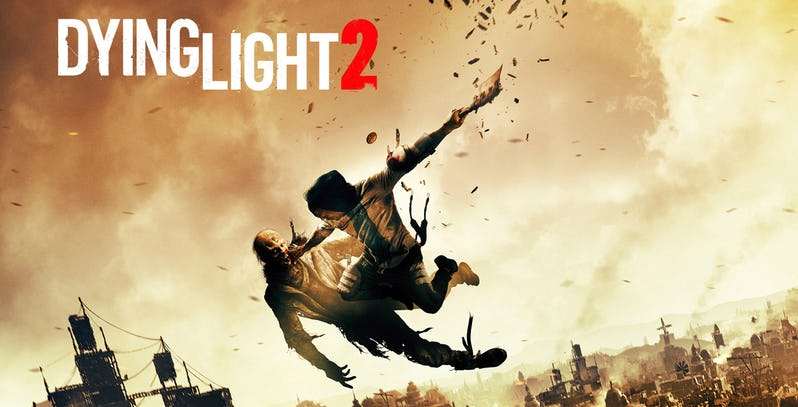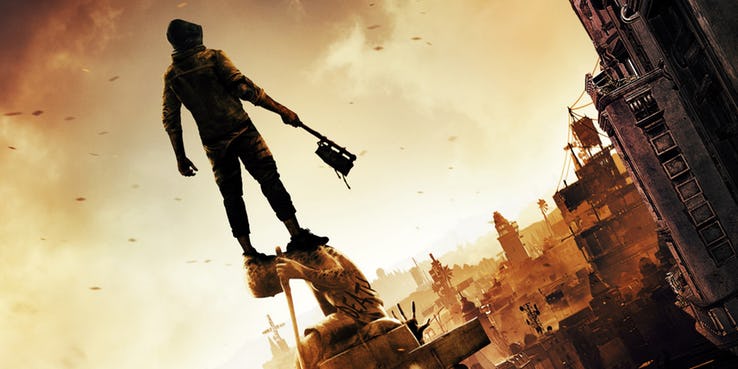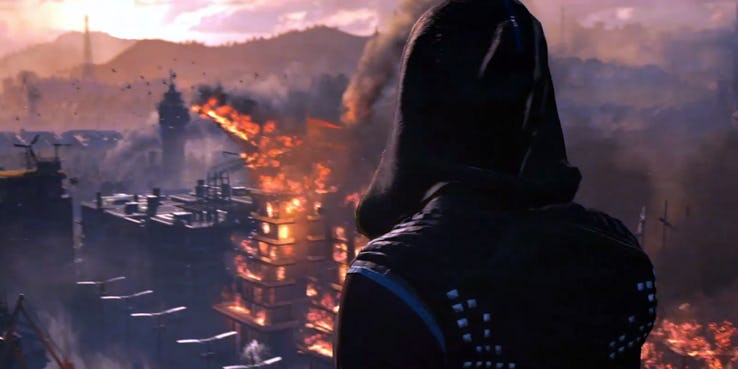
Dying Light 2 Interview: Lead Game Designer Tymon Smektala
Welcome to retell of new SOX TV Show “InterSOX”.
Developer and publisher Techland brought Dying Light 2 to E3 2019, one year after they announced and revealed the game to the public, and lead game designer Tymon Smektala was on-hand to discuss the upcoming sequel in great detail.
Building upon the three pillars that made the first Dying Light game popular amongst survival horror fans, Dying Light 2 features a brand-new storyline that incorporates narrative and gameplay choices that will ultimately effect the entire open world; this means there will be hours upon hours of content that many people won’t see without replaying the game.
Speaking to Screen Rant after an approximately 45-minute gameplay demo of Dying Light 2, Smektala described what the studio has done to improve the gameplay and technology since the first game (as well as since last year’s E3 demo) along with their goals for the sequel. But don’t expect it to release on next-gen consoles right now.

So I saw this last year, and it was already quite impressive. What have you guys done since then to improve the gameplay and technology. Have you taken any specific feedback into account? Or from the first game.
From the first game it’s easier to say, because we have a completely new engine – our own in-house engine, which is called C-engine – and this is something that we are quite proud of because this is an engine that allows us to fulfill the vision that we have for our games. And the vision is to create a huge open world games which present themselves through first person perspective. So you need to have that fidelity in the screen, in seeing what’s happening in front of your eyes. C-engine allows us to do just that. This also meant that we had to basically write/code everything, a lot of things from scratch. So the parkour algorithm, the combat, the AI behaviors. Everything was basically done from scratch.
Of course, using the experiences, the knowledge that you had from the first game. I think what can be seen here, especially in the parkour, where the new algorithm is way better in analyzing the environment in front of the player. This is how it works: it analyzes what’s in front of the player and decides what’s good for the player to grab. And with the new algorithms, with the new engine, we can really make every inch of the city playable. So if you see an opening above the doors, you can jump through there. If you see a hole in the wall, you can squeeze through that. We were also able to introduce dynamic environmental elements, like platforms that sway or break. Or basically everything.
So there are a lot of improvements, thanks to our new technology. Compared to last year’s demo, it’s hard for me to say. Because when you see something every day, it’s very hard for you to measure what happened today and what will happen the next day. It’s just busy for the game. The game gets more and more quality, and we improve on that. And this is something that’s very important for us because we understand that if you want to be a successful game in the AAA space, with all of the high-budget games, you need to have the qualities. So this something we focus on right now; it’s the last stretch to the release of the game, which is coming out spring 2020. So it’s really the time for us to polish everything.
Dying Light 2 very different than what the first game was. The first game felt more like survival horror; this still is, but there’s also a big RPG element. So how are you guys retaining the core aspect that people fell in love with?
The first game was built on three gameplay pillars: natural movement (or parkour that allows you a little freedom in traversing the environment), brutal melee combat showing FPP, and day-and-night cycle. So these are the elements that we keep for Dying Light 2, and we improve upon. The new element for Dying Light 2 is the narrative sandbox, or your ability to make choices, shape the narrative, and shape the city around you through narrative choices or through gameplay decisions. So that’s the new thing. But other people keep asking us: What about the zombies? What about zombies? There were a lot of zombies in the first game… so there still are a lot of zombies. We are holding a lot of the cards close to our hearts because we don’t want to reveal everything by this point; we still have some time to really do that.
But yes, the zombies do make a comeback in Dying Light 2. There will be plenty of them. We are introducing more and more of them with our concurrent demos, so the next one is probably going to be zombie-heavy. But I think this is also important to have more of the human element in the game, because humans are… when you think of humans, you also think about emotions. And when you think about the emotions, you also think about engagement on the player side. It’s easy to like characters, dislike characters, wish for them to do something, or wish for them to even die if you don’t like them. So the emotions of that is something we aim for and we want to induce players. That’s one of the goals, and that’s one of the reasons why we maybe not change but grow in the palette of what Dying Light 2 is compared to the first game.

With the Xbox Scarlett coming out next year, do you envision this as a cross-gen title? Since this is also releasing in 2020.
So what we’re saying right now, and since this game is releasing in spring 2020, is a game that will be released on the current-gen, because that’s the only landscape we will know when the game is released. But the future is something you can shape with your own hands and with your decisions. So, for now, Dying Light 2, spring 2020 – on PC, PS4, and Xbox One.
On the narrative sandbox: Since there are so many different choices, so many different versions of the open world, is there one ending or are there multiple endings? And with that in mind, is there a “true” ending?
True ending, I would say no, because that’s the idea. There are multiple endings, but the only true ending is the ending you have chosen it to be. I think that works for a lot of people. We also did some analyses and tests and discussions, and we also are gamers, so we kind of feel how this works. Therefore, if there’s a game that offers a lot of endings, the true ending for them is the ending they have reached during their playthrough. So this is the feeling that we want to have here as well. But also there are different options to the game. There are different sides to this coin, and you will not see a lot of content when you play the game and when you make those decisions.
What’s interesting and what’s important is that you can actually experience that either by replaying the game, perhaps with a character that you ended the first playthrough with, or you can play with your friends in co-op. And this is a very interesting idea and very interesting way of experiencing the other sides of the narrative, because now you’re free of making those decisions. You don’t make them; the host makes them, but you get to see what happens. And the one thing that’s also cool is that, when he makes the choices, you can chat with him on the headphones and say to him, like you guys did here, “Choose this, choose that!” This is really crazy – all the very funny moments which basically happened outside of the game, but this is still something you remember.
Can you give me a number, though – on the endings?
Not really. This is something we’re not revealing.
